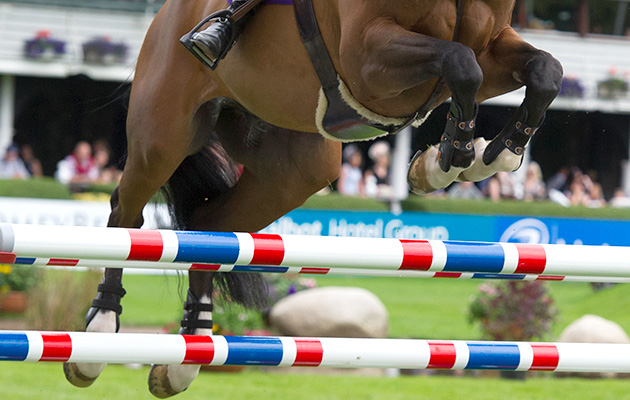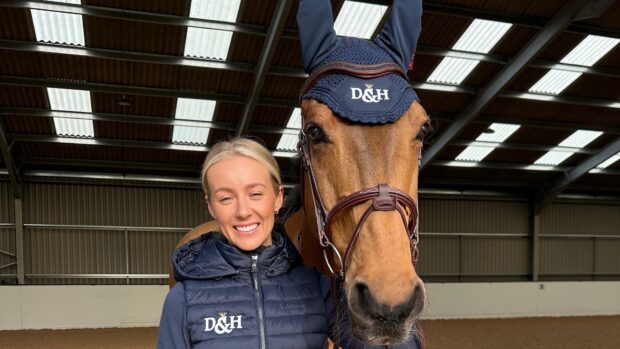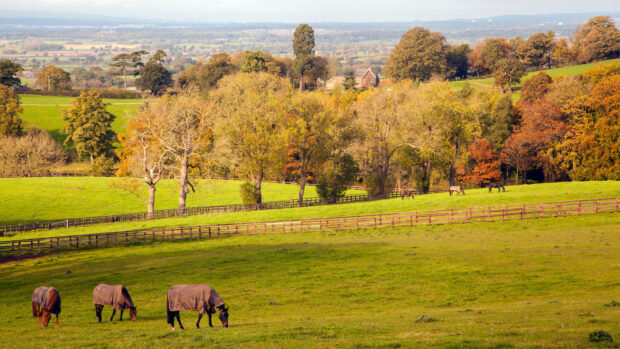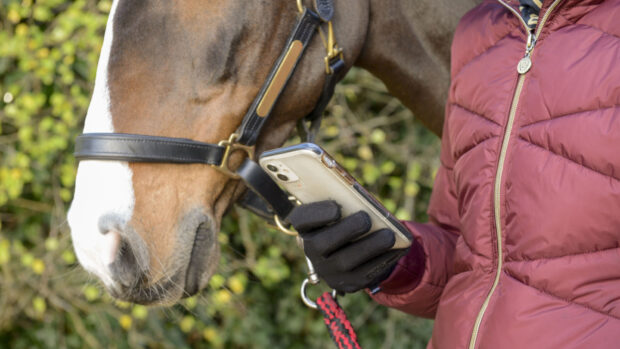Sponsoring riders used to be a key part of many brand’s marketing strategies, but with the rise of influencers, and some brands nailing their own social media, it’s no longer such an obvious choice, leading many to ask: are riders doing enough to support the brands they are working with?
In fact, with many brands scrutinising the return on investment that sponsoring a rider can bring, there are an increasing number moving away from professional riders because it’s believed that their riders are not doing enough to support them in return.
Before we delve into this further, it’s important to be clear on what “support” means. This isn’t about a professional rider’s dedication to their sport or their horses. It’s not about having a logo on saddlepads/lorries/arenas. This is about the regular support that’s shown through social media platforms and beyond – being a real cheerleader for the brand. It isn’t just tagging a list of sponsors on any generic post that’s shared, it’s considered posts sharing a product in action, explaining how a brand/product/service adds to a rider’s life and why. It’s authentic promotion and endorsement.
These posts are missing from many a professional rider’s social media schedule, and it is becoming more evident when influencers, brand ambassadors, and even customers do more and deliver more in terms of exposure and referrals.
As Claire Allmett, head of marketing for Saracen Horse Feeds, says: “The marketing landscape has changed a lot over the years, and riders need to be aware of this.
“Finding the right promotional mechanism for each rider will dictate the success of the relationship, whether its images, blogs, socials, appearances, videos or competitions. The list is endless and riders should be clear on what they are comfortable to offer, which inevitably will yield the best results.”
Maeve Sheridan is the founder of Activate Your Seat. She opts to support amateur riders because, for her, it provides more value for her business.
“I feel the main thing the riders worry about is their results, as they feel pressure to perform well for their sponsors,” says Maeve. “As a small business, this isn’t my priority. I just want them to behave kindly towards their horses and other competitors, and to show on social media how and why they use my programme.”
While social media didn’t used to matter as much, it does now. While many riders will argue that social media isn’t their job, if they’re looking to be sponsored, there needs to be a clear reward for the brand. When times are tight, the love of the sport isn’t enough for a business to allocate money against something that doesn’t deliver any tangible benefit to its bottom line.
There’s also a lot more competition for a brand’s marketing spend now, as Claire Shand from Westgate Labs explains: “The advent of content creators, influencers and ambassadors has certainly given marketers more choice around the stories they tell about their brand and the way their customers relate to them. Professional riders need to decide how they compete in this market (alongside their discipline) to bring added value.”
Are riders doing enough to support brands? Alternative options
Although social media is a big part of the equation, many brands work with riders in other ways too.
Lisa Wilson, marketing manager of Dengie, works with riders in adverts, product guides, magazine and online features, webinars and more. She admits it’s a tricky balance between what marketing departments want and what the riders are able to do.
“We work with riders who are passionate about our brand and have used it for years,” says Lisa. “We select those who are happy to work with us and understand the sponsorship obligations, but even then, it can still be tricky to measure the return on investment.”
Amanda Marshall from 3 Donkeys Clothing has worked with riders as well as influencers and has positive ongoing relationships with both, but has also come up against struggles.
“It is very easy for riders to have a ‘big brand’ mentality and don’t seem to grasp their importance to a ‘small brand’ who need as much exposure and help as possible to be seen and be competitive,” explains Amanda.
For sponsorships to work well, it needs to be based on mutual support, says Lawrence Gill, executive director of KBIS: “We want that relationship where we communicate and support each other – it’s not about taking the support and wearing a saddlecloth. We like people with a willingness to work with us, to work together.”
For the riders who do promote brands, there’s another hurdle to overcome, and that’s correct labelling as per the ASA (Advertising Standards Agency) and CMA (Competition and Markets Authority). In essence, if the person has been incentivised in any way (this could be free product or money), it needs to be disclosed as an ad – and that disclosure involves correct labelling.
There is a guide about this online and the equestrian industry needs to be taking the laws and rules a lot more seriously.
As a keen observer, I have seen Olympians and top level riders flout the rules. Influencers have been penalised for their incorrect use of labels. It’s something that needs to be taught by federations, reinforced by brands, and known by riders as part of their commitment to representing the brands they work for.
How can we resolve this situation? Riders need brands to support them, but in order to be seen as a good use of marketing spend, riders need to deliver. Communication around expectations from a brand and what’s possible from a rider’s perspective is key. One way to address this is through better contracts and agreements.
“A good contract should set out the commercial arrangement and give a roadmap for how to manage the situation if things go wrong, as well as underpinning the relationship between brand and rider,” says Jodie Seddon, partner at Aria Grace Law.
Sponsorship agreements need to be maintained by both parties. It can be easy to get caught up in the excitement of a new partnership and then let everything go quiet as time moves on.
For brands, it’s important that riders do continue to show their support over time, as Helen Moody, director for Bloomfields Horseboxes, explains: “So many people start well and then get complacent. If the rider doesn’t keep regular updates to the wider public about their sponsorship, it soon gets forgotten, which completely defeats the object.”
There’s still a lot of opportunity for riders to work well with brands, but the field is competitive, and budgets are limited, so it needs to deliver for both parties.
You may also be interested in…

How can equestrian influencers and riders make money on social media? H&H investigates…

Let’s talk about being #gifted on social media
Have you seen #gifted and #ad (and other derivatives!) appearing on riders’ content at the moment? How does it make

How to keep (and lose) a sponsor

Subscribe to Horse & Hound magazine today – and enjoy unlimited website access all year round
Horse & Hound magazine, out every Thursday, is packed with all the latest news and reports, as well as interviews, specials, nostalgia, vet and training advice. Find how you can enjoy the magazine delivered to your door every week, plus options to upgrade your subscription to access our online service that brings you breaking news and reports as well as other benefits.


